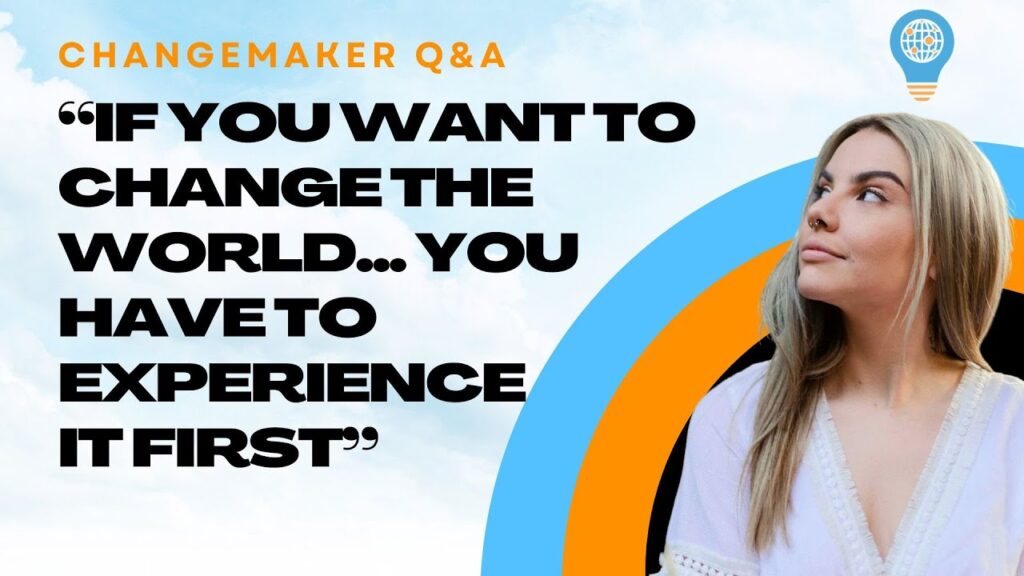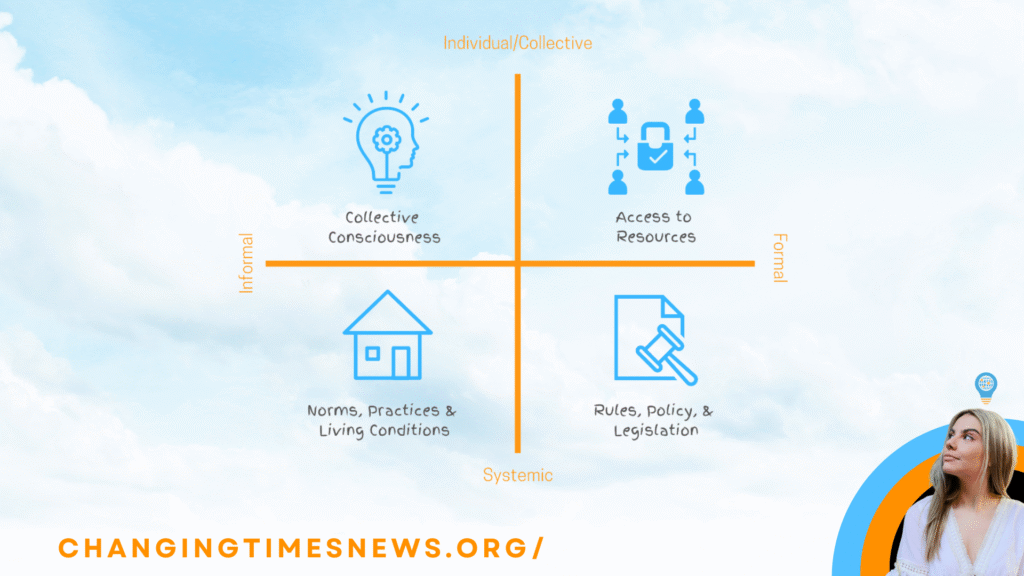When an anonymous listener recently asked whether they should stop reading or watching the news because it left them overwhelmed and uninspired, the question resonated far beyond a single podcast inbox. For many changemakers—activists, educators, policy advocates, or community leaders—staying informed is both a responsibility and a burden.
In a recent episode of Changemaker Q&A, host Tiyana J explored the pressures of media consumption in the digital age, where the line between news and social feeds has blurred beyond recognition.
The Fourth Estate Under Pressure
News media is often described as the “fourth estate,” a crucial democratic pillar alongside government, parliament, and the judiciary. Its roles—informing citizens, investigating wrongdoing, and fostering consensus—are foundational to healthy societies.
Yet the rise of digital platforms has dramatically reshaped how information flows. Traditional broadcasters and newspapers no longer hold a monopoly on news; instead, algorithms, influencers, and viral clips increasingly dictate what stories reach audiences.
As a 2023 Reuters Institute report noted, younger audiences in particular are far more likely to encounter news via TikTok or Instagram than by tuning into television or buying a newspaper Reuters Institute.
Overload, Echo Chambers, and Misinformation
For changemakers, this fragmented media landscape poses unique challenges. On one hand, information is more accessible than ever. On the other, it’s delivered in ways that can distort, fatigue, and polarize.
- Algorithmic curation ensures that emotionally charged content often travels faster than well-researched journalism.
- Information overload leads to cognitive fatigue, making it harder to separate credible reporting from noise.
- Echo chambers reinforce pre-existing beliefs, leaving little room for dialogue across differences.
- Misinformation and disinformation—whether shared unintentionally or deliberately—erode public trust.
As Australia’s Prime Minister Anthony Albanese flagged during the last federal election, mis- and disinformation are now among the greatest threats to democratic participation.
Practicing Mindfulness in the News Cycle
The answer, Tiyana J argues, isn’t to disengage from news entirely, but to approach it mindfully and critically. Mindful media consumption involves slowing down, setting intentional boundaries, and recognizing how content shapes our emotions and actions.
That might mean:
- Setting time limits for engaging with news.
- Choosing curated sources with clear editorial standards.
- Asking: Why am I reading this? What do I hope to learn?
- Noticing how stories are framed, what voices are missing, and how language shapes perception.
Resources like Australia’s News Hounds media literacy program for primary students ABC Education highlight how these skills are increasingly taught as civic essentials rather than optional extras.
Building Resilient Communities Through Media Literacy
For changemakers, media literacy isn’t just personal self-care—it’s a community tool. Understanding how narratives are constructed enables activists and educators to challenge harmful frames and amplify marginalized voices. It can also strengthen evidence-based advocacy by grounding campaigns in multiple, credible sources.
Mindful media use, then, is about more than preserving individual wellbeing. It supports the free flow of information, one of the eight pillars of the Positive Peace framework identified by the Institute for Economics and Peace IEP.
As Tiyana J reminds listeners, “Being able to mindfully and critically engage with the news isn’t just an individual skill—it’s the cornerstone of democratic participation and building resilient communities.”
For those seeking a practical starting point, she has developed a Media Checklist for Changemakers, included with the podcast’s companion article. It’s a tool designed not to discourage engagement with the news, but to ensure it strengthens rather than drains the movements for social change.


